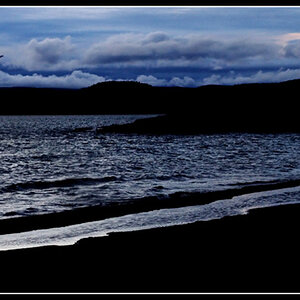I have a few questions about how flash really works. Bearing in mind i shoot a canon EOS-1, so any technical advice should be given to that.
Okay, as I understand it:
Shutter speed has no effect on the exposure/duration of the flash. How then? does a flash determine how long to flash for?
Okay, just say to make a correct (18% grey) exposure without flash, you need f3.5 at 1/15th of a second.
How would you get your flash involved for a correctly exposed forground- if your priority was to keep the f stop the same? --->>> i imagine it would work like this: you meter (SOMEHOW?) with regards to the flash and then expose with a higher shutter speed - okay, fair enough.
But what if you want the background exposed well too and your flash doesnt have enough range to do it - how then does it work.
These are some basic questions, you can answer them, or, assuming this gives you an idea of what i do and don't know, you can just give general advice/rules.
ALL help apreciated.
Okay, as I understand it:
Shutter speed has no effect on the exposure/duration of the flash. How then? does a flash determine how long to flash for?
Okay, just say to make a correct (18% grey) exposure without flash, you need f3.5 at 1/15th of a second.
How would you get your flash involved for a correctly exposed forground- if your priority was to keep the f stop the same? --->>> i imagine it would work like this: you meter (SOMEHOW?) with regards to the flash and then expose with a higher shutter speed - okay, fair enough.
But what if you want the background exposed well too and your flash doesnt have enough range to do it - how then does it work.
These are some basic questions, you can answer them, or, assuming this gives you an idea of what i do and don't know, you can just give general advice/rules.
ALL help apreciated.


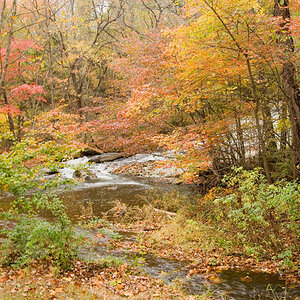


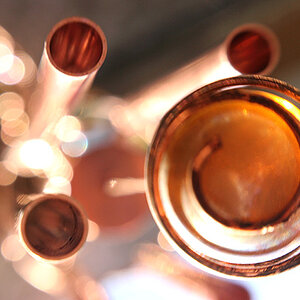
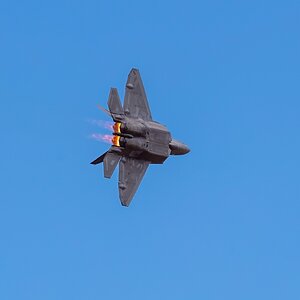
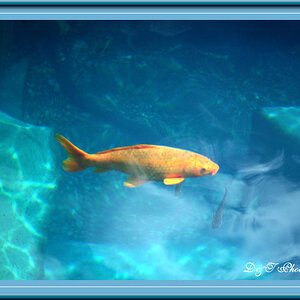
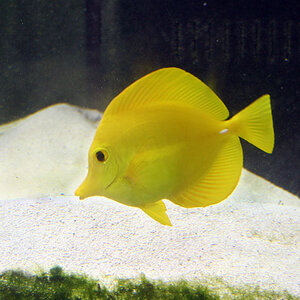

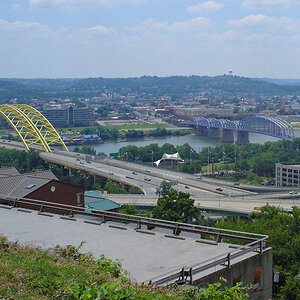
![[No title]](/data/xfmg/thumbnail/30/30993-7c6dca4375064e92f2ea6cbfabf9b59e.jpg?1619734556)
![[No title]](/data/xfmg/thumbnail/35/35964-c65699557292548e7f4d384b3ca48534.jpg?1619737280)
